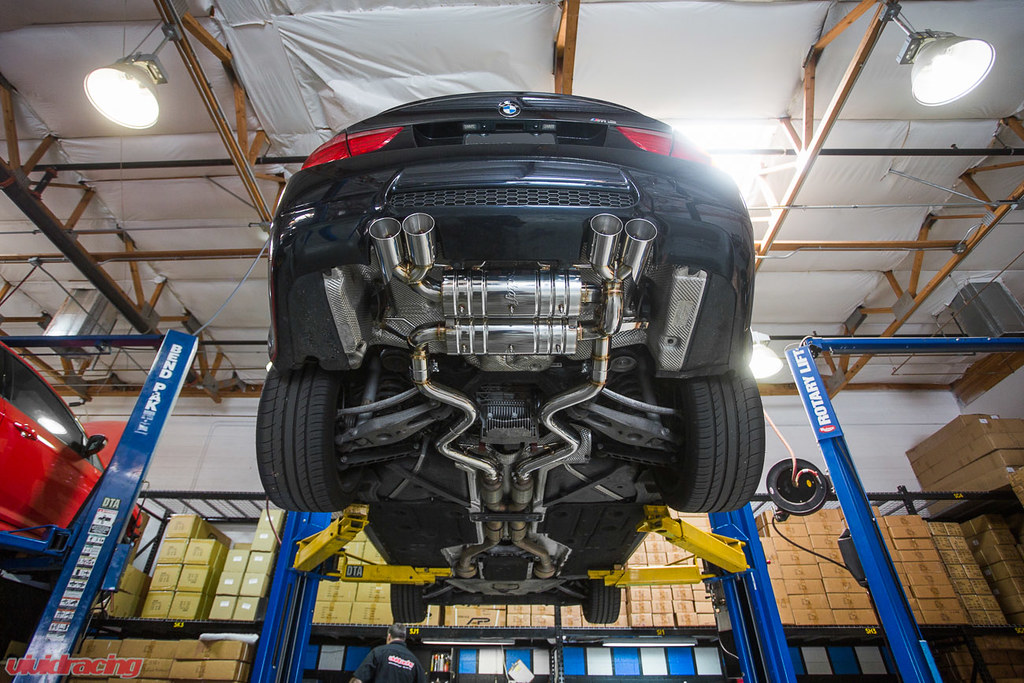Question on the fluid film and related products since I see it mentioned a lot.
I've been getting under my vehicles and doing anti-rust work for years in the fall. I've used all kinds of products and still have many cans of different things that I use in different places.
Based on what I've observed as the years go by on various vehicles since 2003 or so (all German) has lead me to avoid products like Rust Check and Krown because they stay sticky. They get everywhere, attract salt dust, dirt, grime and gravel and hold it everywhere, even places you can't see. This salt is kept around near wells, welds and cavities to be reactivated with water and heat. When it gets warm the "protection" starts migrating and dripping all over again. Sure, the anti-rust product should still be there, but from April-November wouldn't clean and dry be better?
Generally on these vehicles there's a lot of aluminum, galvanized steel, lots of seam sealers and all that. I've found the plastic covers don't help as much as people may think. They keep low speed salt spray and some gravel out, but salt dust and interstate-speed brine spray still get under the covers, and then they present a cleaning problem. It gets everywhere, and under car wash sprays, unless you first remove every plastic tray, don't clean it off. I don't have as much time, equipment, or fancy-pants shop space with floor drains as I might like, so a good, covers-removed, WARM water undercarriage wash (because 34F water from the tap in March isn't going to have much cleaning action) still isn't something I can realistically pull off as much as I'd love to.
Despite the underneath of the car being almost solid covers until around the rear diff (random Internet pic linked below), the engine, transfer case, transmission up to close to the top all show evidence of salt exposure on the aluminum. Mind you, this F10 is 9 years old, driven year round, and is the best condition of anything it's age so far, so things are getting better (and increasingly aluminum).
So back to Fluid Film - does it set up, or does it stay gooey? I had most of the under trays off of my BMW F10 this weekend trying to change the transfer case fluid (only to discover I need a special wrench to access the plug properly - I digress) but I was also doing some undercarriage protection. I did find one seam, generally covered by multiple covers, that has a tiny bit of edge rust because the sealer was thin in that spot. Since there are covers, I cleaned it, wire brushed it a little, and applied KBS Cavity coating which is supposed to creep and then set up to something "dry" that won't attract future dirt.
What other "creep then dry" products are out there that are sold retail and are liked?
https://farm1.static.flickr.com/615/22479063413_65c3baab54_b.jpg

